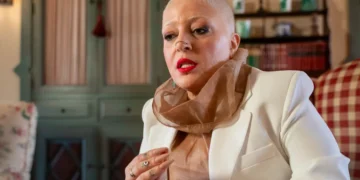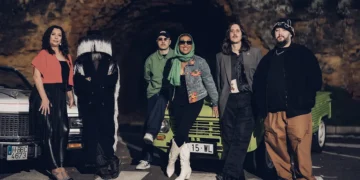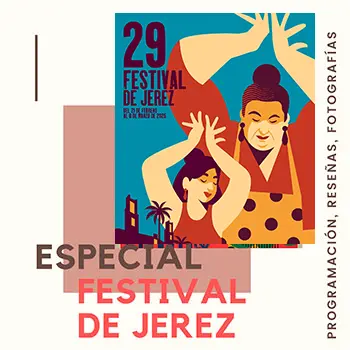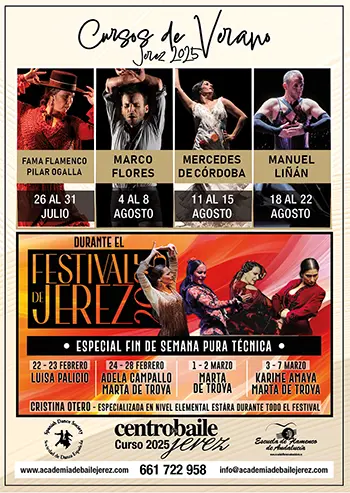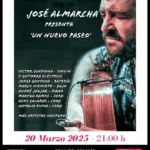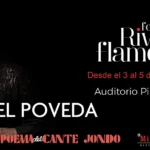|
|
The Flamenco Year 2007 Festivals, prizes, shows… The Geography of Flamenco in 2007 Juan Vergillos The year has come to an end with institutional honors of the highest order, Manuela Carrasco. So let’s begin with the institutional issue: is it appropriate that public prizes should materialize long after the general public has crowned the artists, in the case of Carrasco, years after the fact? With rare exceptions, this is how it has always been in flamenco. It’s true that 2007 has been the culminating year for Miguel Poveda, even though “Tierra de Calma”, the show he’s been touring with over the last twelve months, is not his best work. I preferred “Sin Frontera” with which he closed out the year in several theaters throughout the country, including his tremendous show at Seville’s Maestranza. A true winner, no doubt about it. So a prize is in order, although the Culture Ministry’s reasoning for giving the prize, “because of his rich dialogue with other musical manifestations” sounds more like a way of justifying the choice than any sort of commitment to flamenco. Miguel Poveda is a great singer, one of the best, since about ten years ago when he reached maturity as an interpreter. Because that’s what Poveda is above all else, a phenomenal interpreter of flamenco. At Málaga’s biennial Málaga en Flamenco he presented his flawed project “Por los Caminos que Van”. Nobody can be inspired all the time. Inspiration demands serenity, peace of mind, precisely what Poveda did not have this year with all the recitals he gave. It’s turning into a tradition. The second time around, the Málaga biennial has come of age thanks to its artistic director José Luis Ortiz Nuevo. The tradition is to speak of Málaga in the odd-numbered years. The festival presented the most interesting shows of the year: Rocío Molina. As far as dance, the overview can be rounded out with an observation about the tendency of recent times wherein flamenco shows acquire a greater stage dimension. More theatrics. In this vein, the most interesting work was “Tejidos al Tiempo” by Seville dancer, Choni. She gets it just right combining abstract flamenco dance with the most physical aspects of contemporary theater, including circus. In cante, I’ll take La Unión, sober and moving, in my opinion the best of the Festival de las Minas this year, along with the well-deserved tribute to Manuela Vargas, our greatest dancer of theater flamenco. May they rest in peace. Perhaps the biggest deficit in closing out the year, is also one of the most important: the administration of resources and the spreading of information. Despite continued warnings of the need for greater knowledge and better information about our greatest musical, literary and choreographic patrimony, public institutions (right back where we started) still turn a deaf ear. The Agencia Andaluza para el Desarrollo del Flamenco, with its new director, set its professional workshops in motion, a project designed by yours truly along with Pepa Gamboa under the previous director of this organism to which the Junta de Andalucía has directed all its investment in flamenco. These are timid, though promising first steps. Oddly enough, and somewhat annoying for those of us in the south of Spain, is the fact that the most important initiatives are situated in the north: CajaDuero’s Aula de Flamenco, Valladolid’s Jornadas Flamencas (in collaboration with the Festival Internacional del Cante de las Minas) or the flamenco courses of Els Juliols that have been organized for several years by the University of Barcelona. In this educational line there have been some new publications such as Acordes de Flamenco, a strictly private business, while public TV programs like Flamencos on Canal Sur has been discontinued, despite a low budget and high ratings for its section “Flamencos con Futuro” which presented young hopefuls. New organizations have sprung up such as El Dorado in Barcelona and the Madrid magaine El Canon, as well as the series Otoño Jondo in Logroño. Wishing everyone a happy 2008 |




